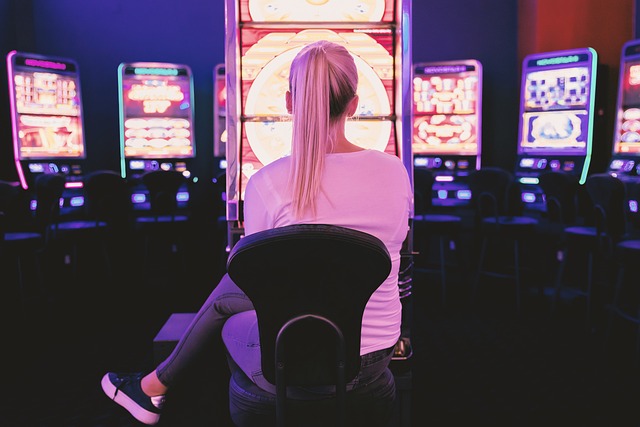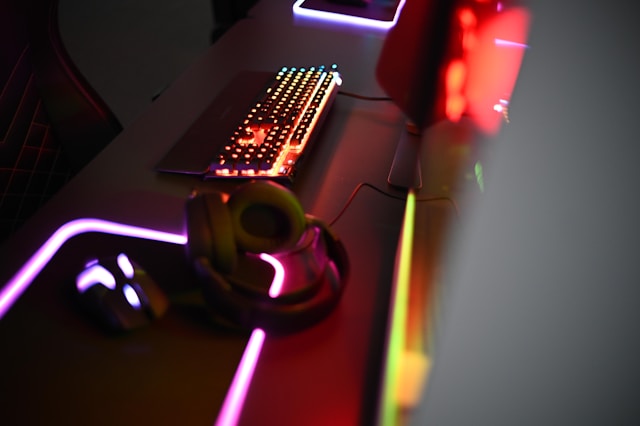Virtual reality has transformed the casino experience, allowing players to step into immersive digital environments that mimic real-world gaming floors. The realism of these VR casinos depends on sophisticated design, physics modeling, and user interaction systems. Developers aim to replicate not only the look and sound of casinos but also the psychology that keeps players engaged.
Creating a believable VR casino is more than making things “look pretty.” It requires careful attention to spatial layout, lighting, and game mechanics to simulate the atmosphere of a physical casino. Players need to feel present in the space, with intuitive interactions that replicate real-world gestures, sounds, and social cues.
Environmental Design and Spatial Realism
A realistic VR casino begins with the environment. Developers model the layout to mimic the natural flow of a physical casino, placing slots, tables, and amenities in ways that feel familiar.
High-quality textures, lighting effects, and shadows enhance immersion. Subtle details, such as reflections on polished floors, flickering neon lights, and ambient crowd noise, contribute to the sense of presence. Even small visual cues, like the placement of chairs and walkways, are designed to guide movement and engagement.
Psychological Layouts
Just like in real casinos, VR designers manipulate floor plans to encourage exploration and prolonged play. Popular or high-value games are positioned in visible locations, while clusters and pathways direct players toward new areas. Strategic use of audio cues, like cheering or winning sounds, reinforces engagement and social proof.
Developers also consider player comfort, ensuring VR movement feels natural. Teleportation systems, smooth locomotion, or room-scale tracking reduce motion sickness while maintaining immersion.
Realistic Game Mechanics

VR casino games must replicate not only outcomes but the tactile experience of playing. Developers integrate physics engines to simulate chips, cards, roulette wheels, and slot reels in a way that feels authentic.
Interaction Fidelity
Hand-tracking or controller input allows players to perform natural gestures, such as placing chips, spinning wheels, or dealing cards. Haptic feedback adds an extra layer, letting players feel vibrations when chips hit the table or reels stop spinning. These interactions make the digital experience feel tangible.
Visual and Audio Feedback
Visual and auditory feedback is critical for engagement. Wins are highlighted with particle effects, lighting flashes, and celebratory sounds. Losing spins or small losses are intentionally subtle, maintaining the player’s sense of flow without negative reinforcement. Developers carefully balance this to keep players engaged without causing frustration.
Multiplayer and Social Dynamics

Social interaction is a key element of real-world casinos that developers aim to recreate. VR platforms often include multiplayer functionality, allowing avatars to sit at tables, chat, or celebrate wins together.
Avatars are animated with gestures and facial expressions to enhance realism. Some platforms even incorporate voice chat and positional audio to simulate proximity and crowd dynamics. These features make the environment more convincing, encouraging longer play sessions and a sense of community.
Quick Tips for VR Casino Developers:
- Use realistic textures, lighting, and sound for immersion.
- Employ natural player interactions and haptic feedback.
- Design spatial layouts that encourage exploration and engagement.
- Include social features to mimic real-world casino dynamics.
- Balance feedback for wins and losses to maintain flow.
| Element | Implementation Approach | Purpose |
|---|---|---|
| Visual Environment | High-quality textures, lighting, reflections | Immersion and realism |
| Game Mechanics | Physics engines for chips, reels, cards | Authentic play experience |
| Player Interaction | Hand-tracking, controllers, haptics | Tangible and intuitive control |
| Audio Design | Crowd noise, win/loss cues, spatial sound | Reinforce engagement and atmosphere |
| Multiplayer / Social | Avatars, chat, gestures, positional audio | Simulate community and social dynamics |
Creating a realistic VR casino involves a combination of environmental design, interactive mechanics, and social dynamics. By blending visual fidelity, tactile feedback, and psychological cues, developers can craft immersive experiences that replicate the thrill and engagement of real-world casinos.
